1861 Navy Revolver
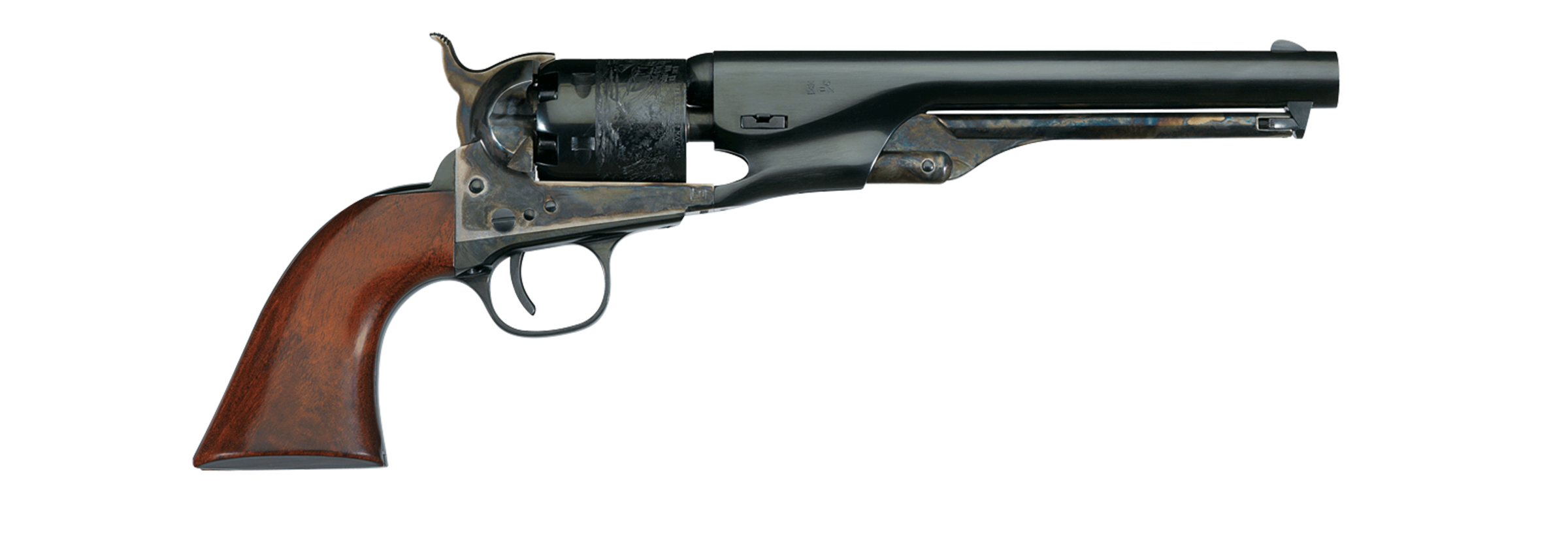
HoverTap To Zoom
1861 Navy
Steel
Available Calibers:
.36
Available Models:
340500
Select Model:
1861 Navy
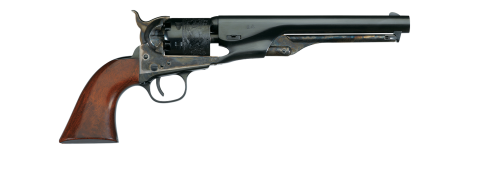
1861 Navy
Steel
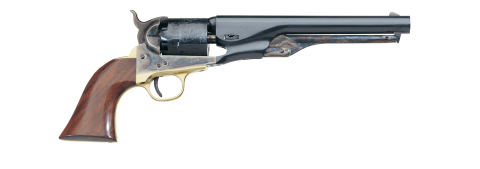
1861 Navy
Civil Brass
| Item Number | Model | Model Description | MSRP | Caliber | Barrel Length | Frame Finish | Cylinder | Grip Material | Barrel | Barrel Finish | Trigger Guard Finish | Backstrap Finish | Number of Grooves | Twist Rate | Overall Length | Avg. Weight |
|---|---|---|---|---|---|---|---|---|---|---|---|---|---|---|---|---|
| 340500 | 1861 Navy | Steel | $429 | .36 | 7.5" | Case-Hardened | 6-shot, engraved | Walnut | Round | Blue | Steel | Steel | 7 | 1:32, LH | 13" | 2 lbs |
| 340630 | 1861 Navy | Civil Brass | $429 | .36 | 7.5" | Case-Hardened | 6-shot, engraved | Walnut | Round | Blue | Brass | Brass | 7 | 1:32, LH | 13" | 2 lbs |
Specifications and prices are subject to change without notice.
By the start of the Civil War, Colt had refined the Navy into a sleek, streamlined weapon with an improved loading lever. The 1861 Navy is often acclaimed as Colt’s most handsome pistol.
Uberti’s 1861 Navy Civil Brass met a civilian demand for a medium-frame, light revolver.
Features & Highlights
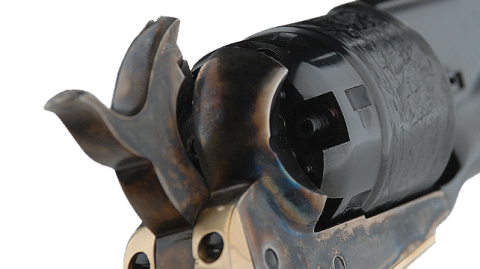
Percussion Cap Seating
The frame cutout in the rear of the cylinder allows easy access to the nipples for seating percussion caps.
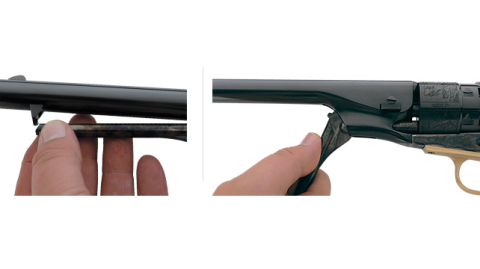
Black Powder Load Seating
In Army and Navy Revolvers
To seat black powder loads in the cylinder of the single-action army and navy revolvers, the loading lever is freed from the latch and pulled downward. This causes the ramrod to move through the frame and ram the load home.